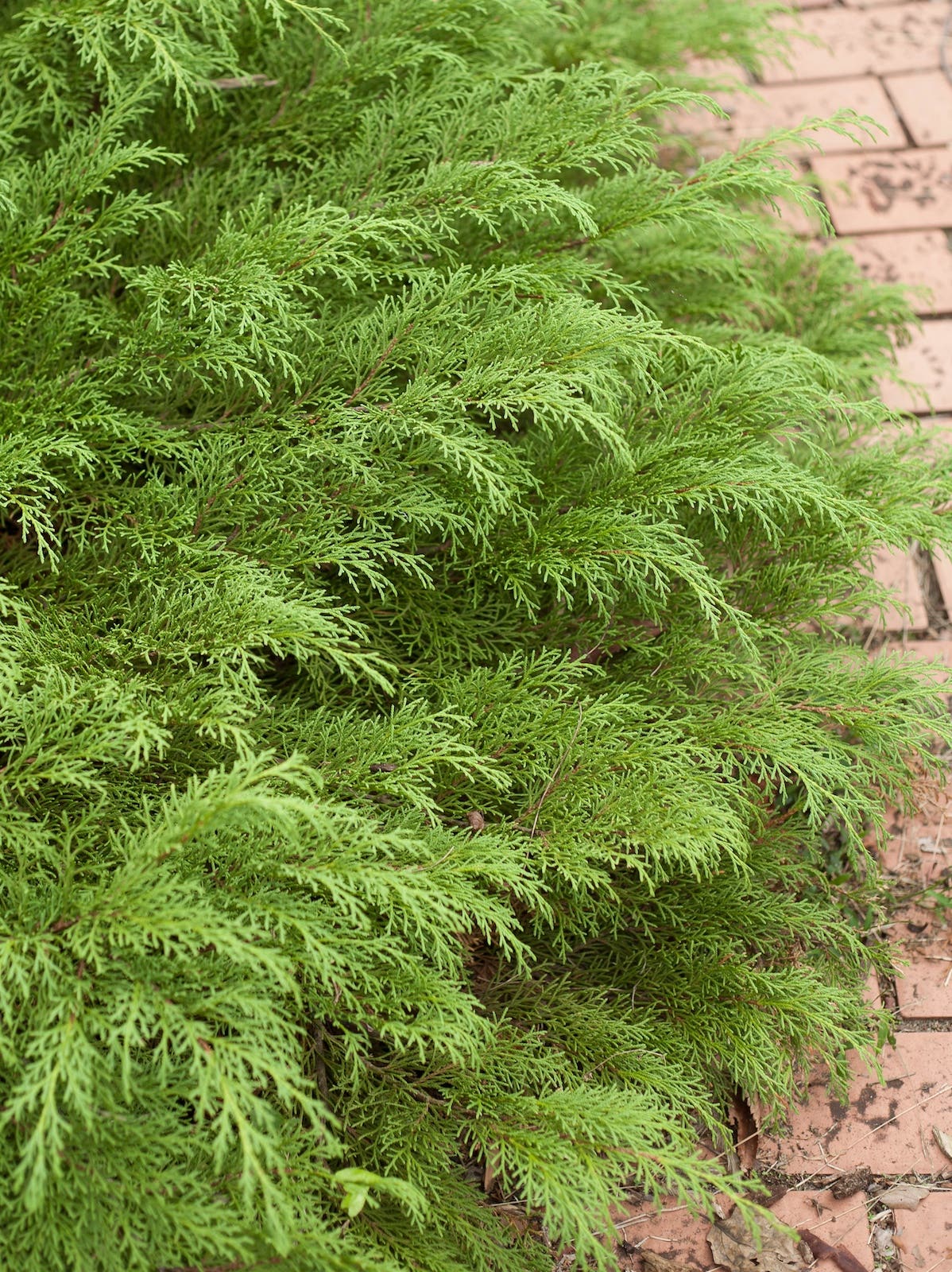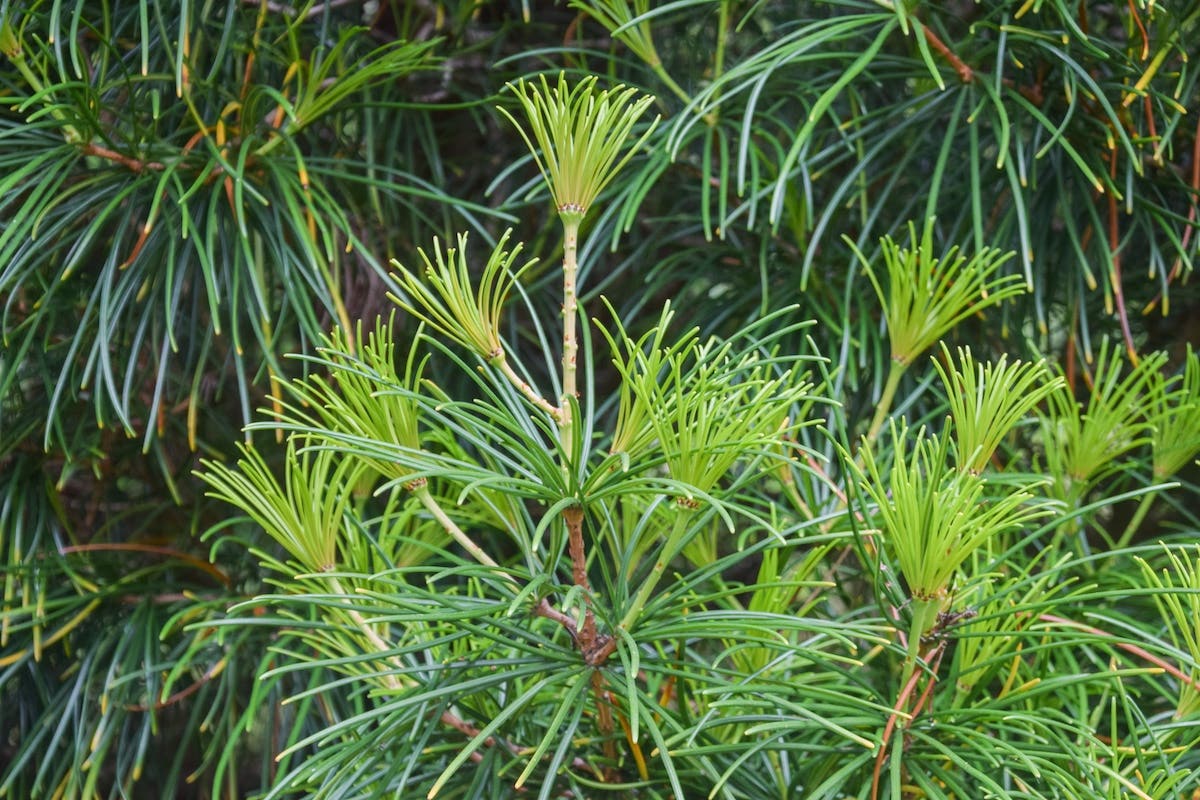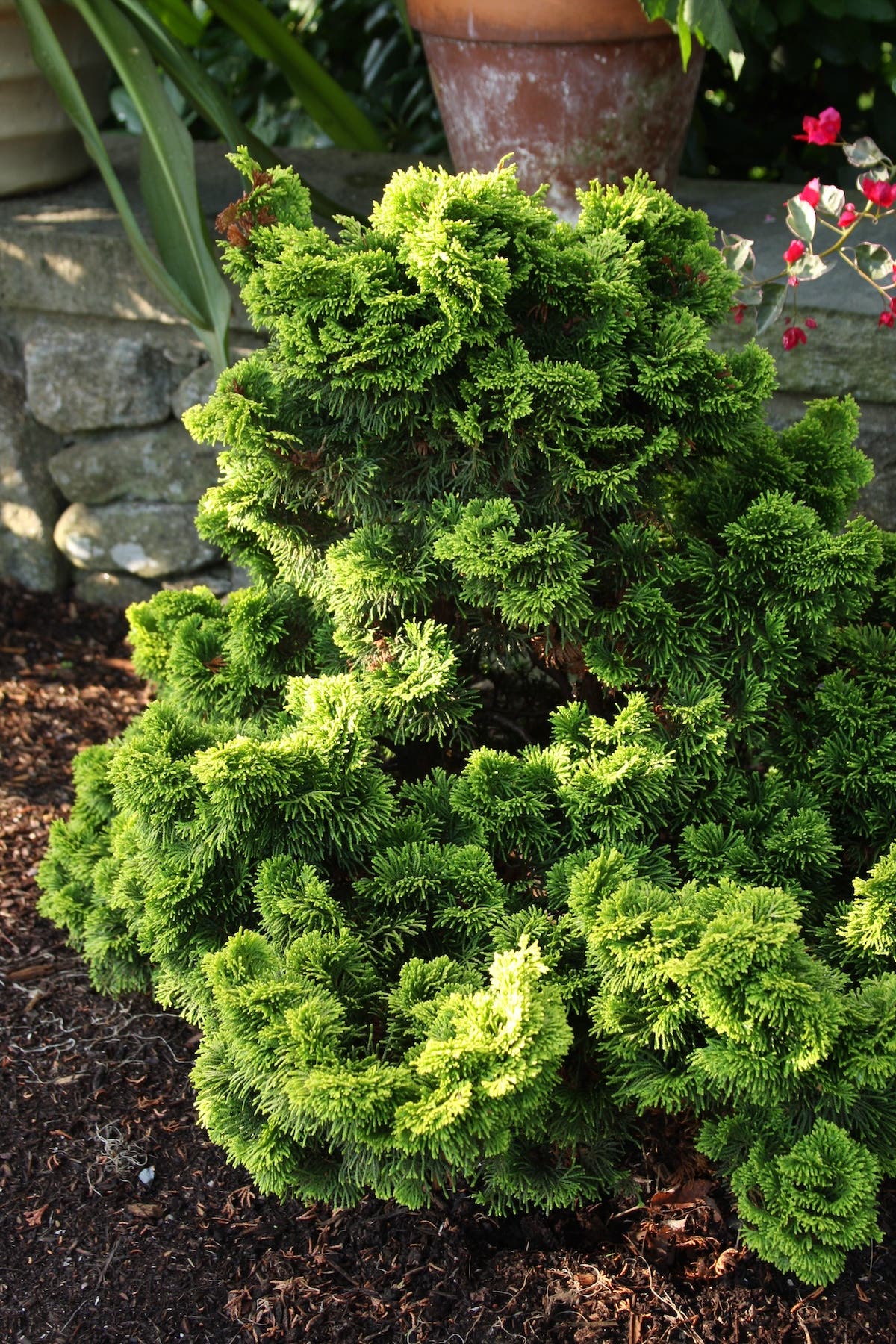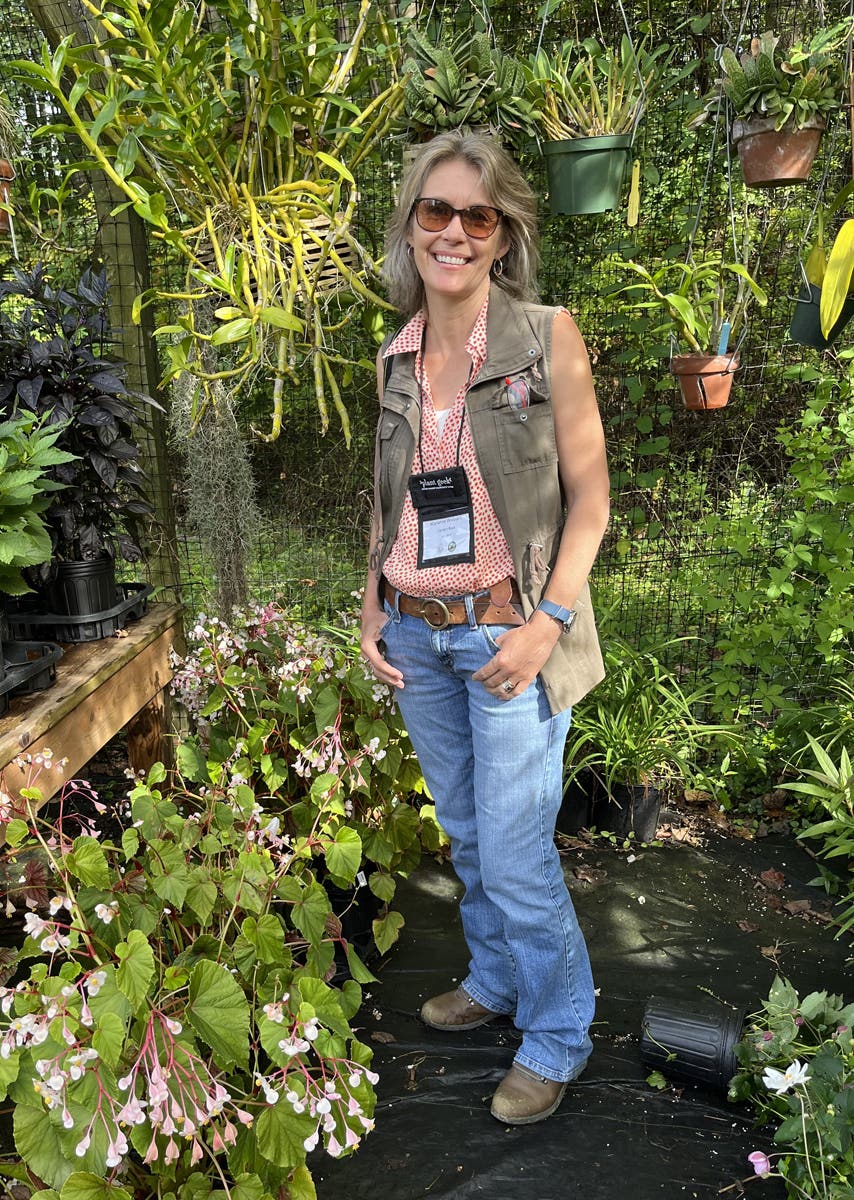6 Reasons to Grow Hybrid Vegetables Instead of Heirlooms
When are hybrid varieties better than heirloom varieties? There are many gardeners I know who would respond, “Never!” But if you look at the reasons growers naturally cross two related…
When are hybrid varieties better than heirloom varieties? There are many gardeners I know who would respond, "Never!" But if you look at the reasons growers naturally cross two related veggies to get seed that has better characteristics, you might think differently.
1. Disease and Pest Resistance. Problems like powdery mildew and blight can quickly do a lot of damage to your plants and drastically reduce your harvest. By planting hybrids that were developed to ward off these issues, you will see healthier plants and be a happier gardener. Likewise, some diseases are carried by the pests that prey on the plants. Disease-resistant varieties are not as attractive to these pests, so prevent both from being an issue for you.
2. Appearance. Many hybrids are developed for the farmer to grow produce that is uniform in size. Home gardeners can take advantage of this for things like pickles and other veggies that are canned whole. There are also different colors and shapes of veggies that are fun to grow and eat. If planting a pink eggplant will get a child to taste one, why not?
3. The Weather. Do you garden in a very hot and dry climate, or a cold and damp one? There are hybrid veggies waiting just for you. Descriptions of varieties like “heat tolerant” or “drought tolerant” might lead one gardener to a particular hybrid, while “short season” or “cold tolerant” would lead another to a different seed. Even if your weather is not extreme, you can use shorter-season crops, or weather-tolerant ones, to extend your season with succession planting.
4. Seed to Table. Want the first tomato on the block? Then you may want to plant a hybrid such as 'Fourth of July' or 'Early Girl'. These and similar varieties are also good choices for gardeners with short seasons.
5. Males or Females Only. Plants that only produce female flowers, also known as ‘gynoecious’ provide a much better yield than ‘monoecious’ plants that have both male and female flowers. In answer to what you are thinking, gynoecious seeds are coupled with just enough monoecious seeds to help you get the pollination you need. On the other end are all male hybrids, such as the group of ‘Jersey’ asparagus plants that were developed by Rutgers University. Female asparagus plants are only needed if you want to collect seed, so planting an all-male asparagus bed will provide a better yield.
6. Productivity. And that’s what hybrids are really all about, in the end. More bang for your buck. Adjectives like ‘prolific’ and ‘abundant’ will tell you that those hybrids will give you a better yield per square foot. Does that leave out heirlooms? Not at all. Sometimes, more isn’t better. Take the case of 'Cashflow' zucchini. Seriously, what was I thinking? Give me the heirloom 'Costata Romanesco' (pictured) season to season, which produces less but is the best summer squash I ever tasted. Bar none.
Gardening Jones is a master gardener in Pennsylvania. Learn more at gardeningjones.com/blog.
___________________________________________
Make the most of your vegetable-garden space with Small Plot, High Yield Gardening.
Combine plants to maximize the health and yield of your vegetables and other edible plants with the advice in Roses Love Garlic by Louise Riotte.
Interested in heirloom vegetables? Get great recommendations and growing tips in The Beginner's Guide to Growing Heirloom Vegetables.







